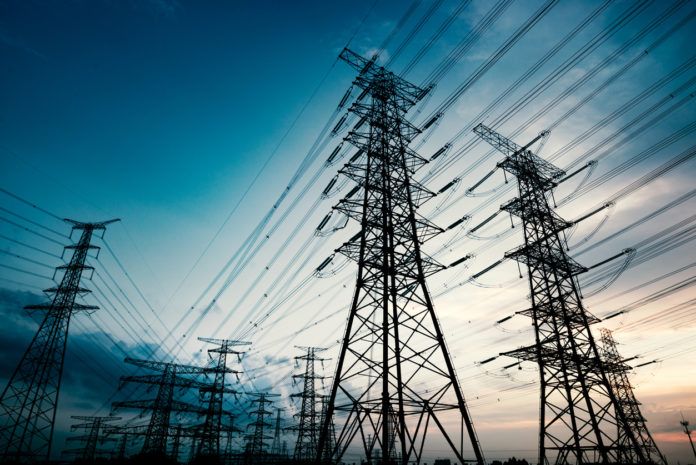
Over the past two years, most energy market discussions have focused almost exclusively on production, or supply-oriented factors impacting global energy markets.
Supply-side trends, particularly those attributable to U.S. unconventional development, are important and, as is often noted, “revolutionary” in nature.
Yet, at the same time, and perhaps less noticeable, has been an equally important and dramatic revolution occurring in U.S. energy consumption. As a country, the way we use energy is rapidly changing on both a total usage and composition of usage basis.
U.S. energy consumption trends have been relatively consistent throughout the past 40 years, increasing, generally, in each year at rates that, while slowing on a decade-over-decade basis, were positive, at least until 2007, the last year proceeding the 2008-2009 economic and financial meltdown and the year in which U.S. energy consumption peaked. The economic recession of 2008-2009 represents an inflection point in which U.S. energy consumption growth, and composition of that energy consumption, fundamentally changed.
One of the most obvious changes in post-recession U.S. energy consumption has been its contraction since peaking in 2007. The most significant decreases in U.S. energy consumption, not surprisingly, arose during the recession years where energy demand plummeted by 2% and almost 5% in 2008 and 2009, respectively.
Today, U.S. energy consumption, while seeing a few upward bounces, is still down on an overall basis by over 3.5% relative to its 2007 peak, and data for the first few months of 2016 show no signs of change in these trends. Prior to 2007, U.S. consumption typically grew by about 1% per year; since 2007, U.S. energy consumption stopped growing and has begun to contract, on average, by about a half-percent per year.
Equally important, and perhaps more dramatic, has been the structural change in the composition of U.S. energy consumption. Prior to the 2007 peak, U.S. energy consumption was concentrated in crude oil and coal. Other sectors, like natural gas and nuclear, were relatively flat, while renewables were starting a slow but steady increase that accelerated considerably in the later part of the last decade and beyond. These trends have been completely reversed in the aftermath of the last recession.
The composition of U.S. energy consumption, post-recession, is fundamentally changing, eschewing petroleum, coal and even nuclear in favor of natural gas and renewables. For instance, U.S. petroleum consumption, while up briefly in 2015, is still down by as much as 10.5% relative to its 2007 peak. Coal consumption is down and down significantly, by as much as 31%, from its 2007 peak. Coal consumption is down by over 4% on an average annual basis since 2007.
The primary energy resources that are starting to dominate the U.S. energy consumption mix are natural gas and renewables. Natural gas consumption is up by as much as 20% since 2007, driven almost exclusively by power generation, and increasingly by industrial use.
Renewable development, driven primarily by wind, has been motivated in very large part by state mandates and a large set of state and federal tax and financial incentives that allow these resources to displace fossil fuels, and increasingly, nuclear.
Recently reported trends in U.S. energy consumption highlight two important fundamentals driving U.S. and global energy markets. First, the continued contraction of U.S. energy consumption, coupled with increased domestic (unconventional) production, will likely result in a growing surplus in domestic production relative to domestic needs. Exports, and the integration of U.S. energy production into world markets will become increasingly more important.
Second, the composition of U.S. energy consumption is fundamentally changing from one concentrated in the use of solid and liquid fuels (i.e. coal, nuclear, and crude oil) and towards natural gas and renewables. This is a trend that will have fundamental implications for fuel diversity, environmental quality, and energy costs for households, businesses, and industry.
David E. Dismukes is a professor and the executive director of the Center for Energy Studies at LSU. He holds a joint academic appointment in the department of environmental sciences where he regularly teaches a course on energy and the environment.
Originally published in the third quarter 2016 edition of 10/12 Industry Report.








